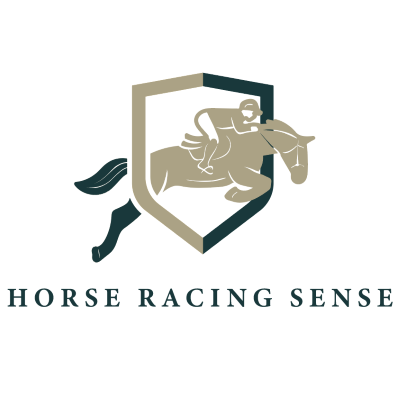Last updated: June 30, 2025
As a lifelong horse owner and enthusiast, I’ve spent years studying and caring for horses of all colors—including buckskins. A buckskin horse has a golden or tan coat with black points—mane, tail, and legs. This striking color results from the cream gene acting on a bay base coat. Buckskins are often confused with duns or palominos, but they’re genetically distinct.
In this guide, I’ll share what I’ve learned through hands-on experience and trusted research from sources like the UC Davis Veterinary Genetics Laboratory and Animal Genetics. You’ll discover buckskin genetics, color variations, care tips, and how to tell them apart from similar coat colors.
Quick Facts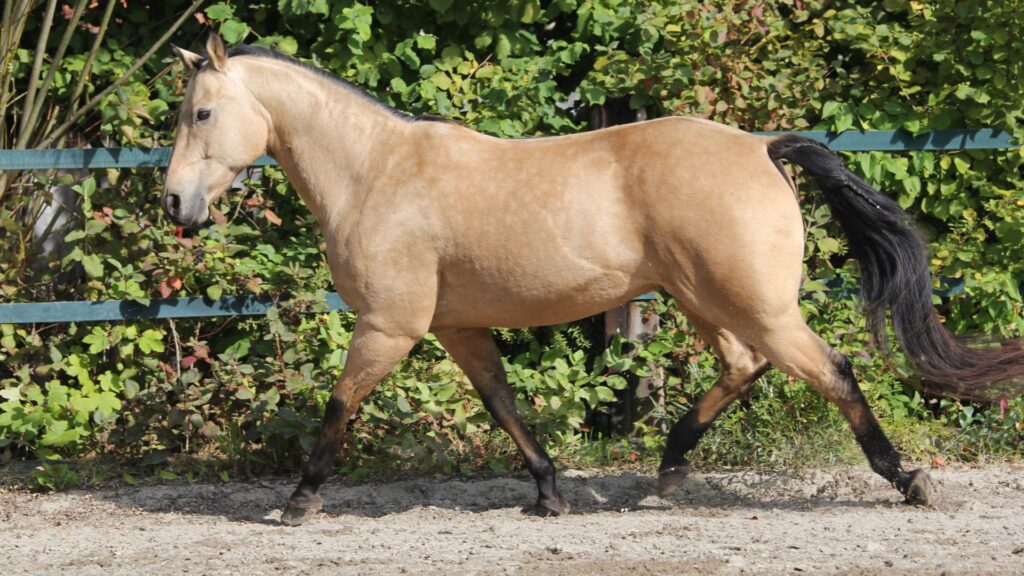
Navigation
What Is a Buckskin Horse?
A buckskin horse is characterized by a golden or tan body with black mane, tail, and lower legs. This coloration is due to the effect of the cream gene on a bay base coat. Buckskins are popular for their striking appearance and versatility, frequently featured in Western riding disciplines and media.
For more on equine coat colors, see UC Davis VGL: Horse Coat Color Resources and my Guide on Horse Coat Colors & Patterns
Buckskin Horse Genetics
Buckskin coloration arises when a horse with a bay base coat carries one copy of the cream gene (N/Cr). The cream gene, located on the SLC45A2 (MATP) locus, regulates pigment transport—reducing phaeomelanin (red/yellow pigment) in the coat while sparing eumelanin (black pigment) in the mane, tail, and legs. This selective dilution results in the golden body and black points typical of buckskins.
Cream Gene Inheritance
| N | Cr | |
|---|---|---|
| N | N/N | N/Cr |
| Cr | N/Cr | Cr/Cr |
- N/N: Bay (no cream gene)
- N/Cr: Buckskin (single cream gene)
- Cr/Cr: Perlino (double dilute, pale cream with blue eyes)

When two buckskins (N/Cr) are bred:
- 25% N/N: Bay (no cream gene)
- 50% N/Cr: Buckskin (single cream gene)
- 25% Cr/Cr: Perlino (double dilute, pale cream, often blue eyes)
DNA tests for the cream gene are highly accurate (about 98%) and widely available through labs such as the UC Davis Veterinary Genetics Laboratory and Animal Genetics.
How it works:
The cream gene (Cr) is an incomplete dominant allele at the SLC45A2 (MATP) locus. One copy (N/Cr) dilutes red pigment to gold (buckskin on bay), while two copies (Cr/Cr) cause extreme dilution (perlino, cremello, smoky cream). The SLC45A2/MATP protein regulates pigment transport in melanocytes, reducing phaeomelanin while sparing eumelanin (Etalon Equine Genetics; MDPI review).
Genetic Testing for Buckskin
Genetic testing can confirm the presence of the cream gene and distinguish buckskin from similar colors such as dun or smoky black. Testing is recommended for breeders and owners seeking accurate color identification.
Buckskin vs. Dun: Key Differences
Buckskins and duns are often confused, but have distinct genetics and markings.
| Feature | Buckskin | Dun |
|---|---|---|
| Gene | Cream (Cr) | Dun (D) |
| Dorsal Stripe | Absent (except rare cases) | Always present |
| Leg Barring | Absent | Common |
| Shoulder Shadow | Absent | Common |
| Points | Black points (mane, tail, legs) | Black or dark with primitive markings |
| Body Color | Golden/tan | Tan, gold, or grayish with markings |
For more on dun coloration, visit the Dun Horse Profile.

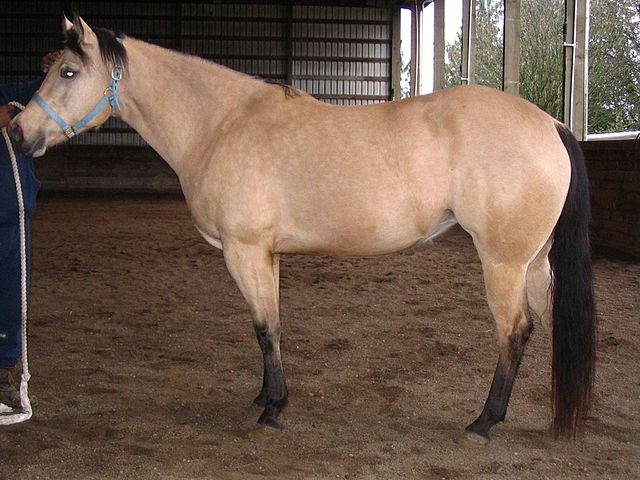
Buckskin Color Variations
Buckskin horses display a range of shades influenced by modifiers and environment:
| Color | Description | Example Image URL (for reference) |
|---|---|---|
| Classic Buckskin | Bright gold, black points |  |
| Sooty Buckskin | Darker shading on shoulders |  |
| Buttermilk | Pale creamy yellow | 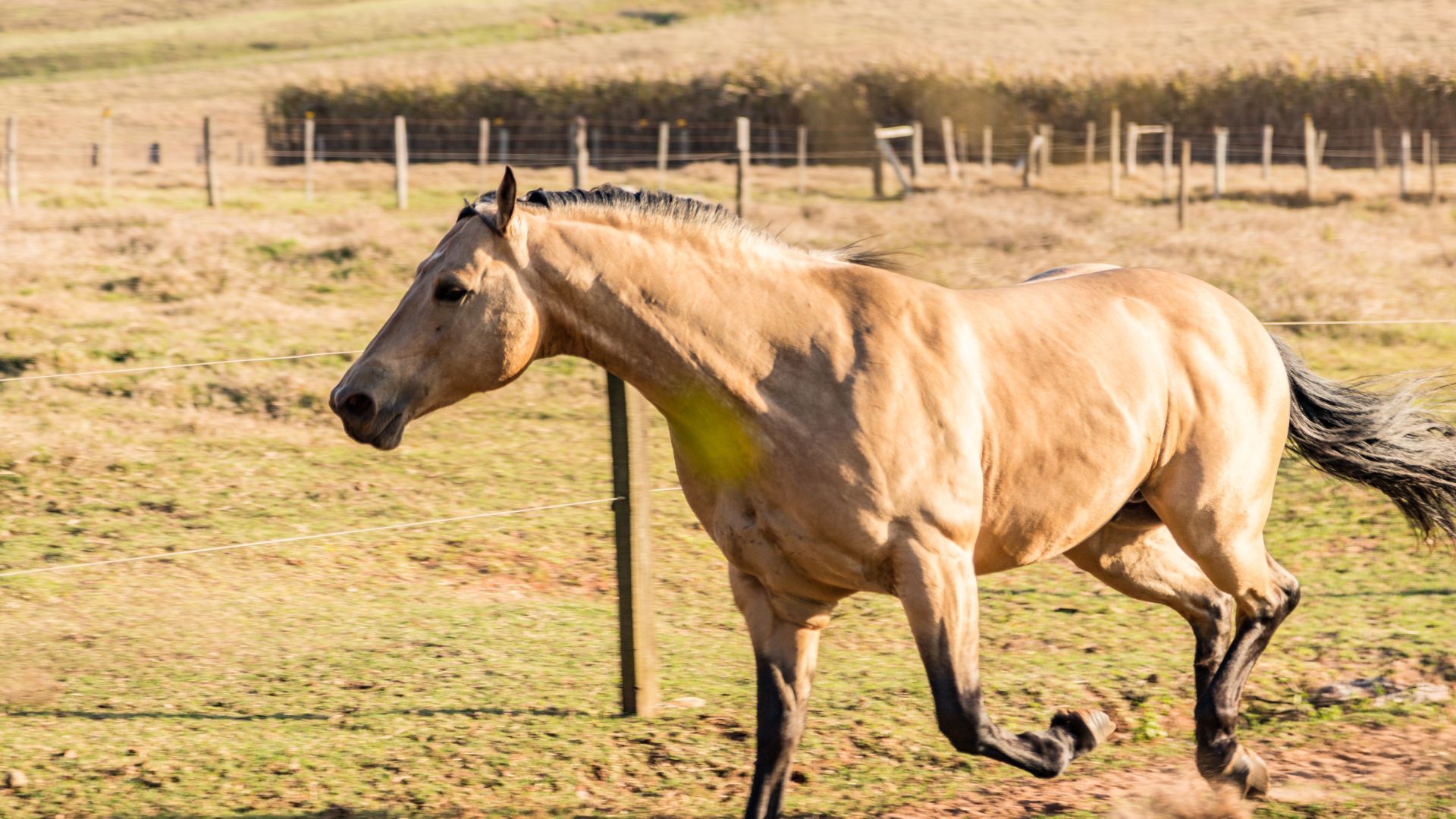 |
| Burnt Buckskin | Rich bronze, deep gold | 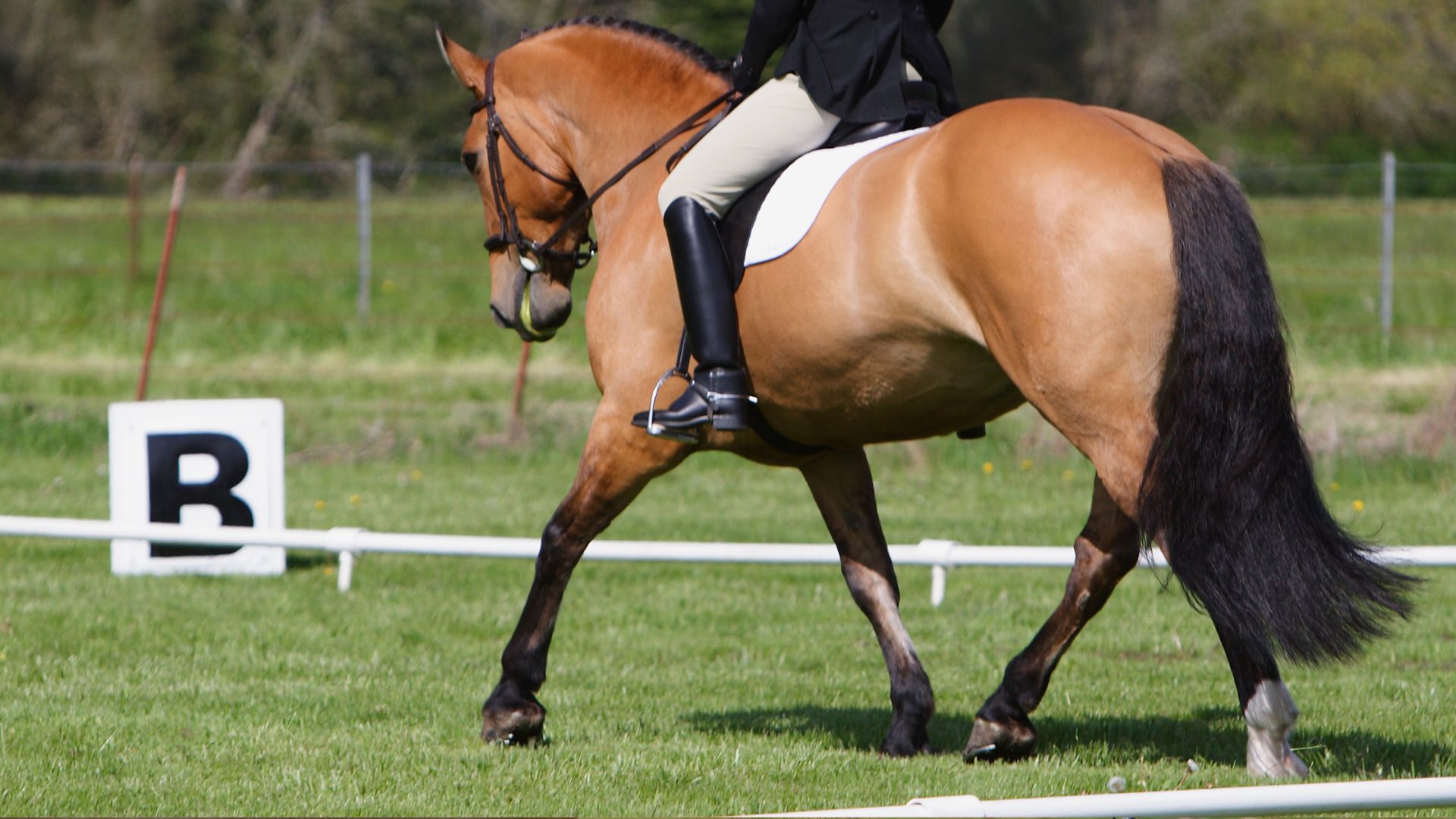 |
| Smoky Black | Faded black with subtle cream tint | 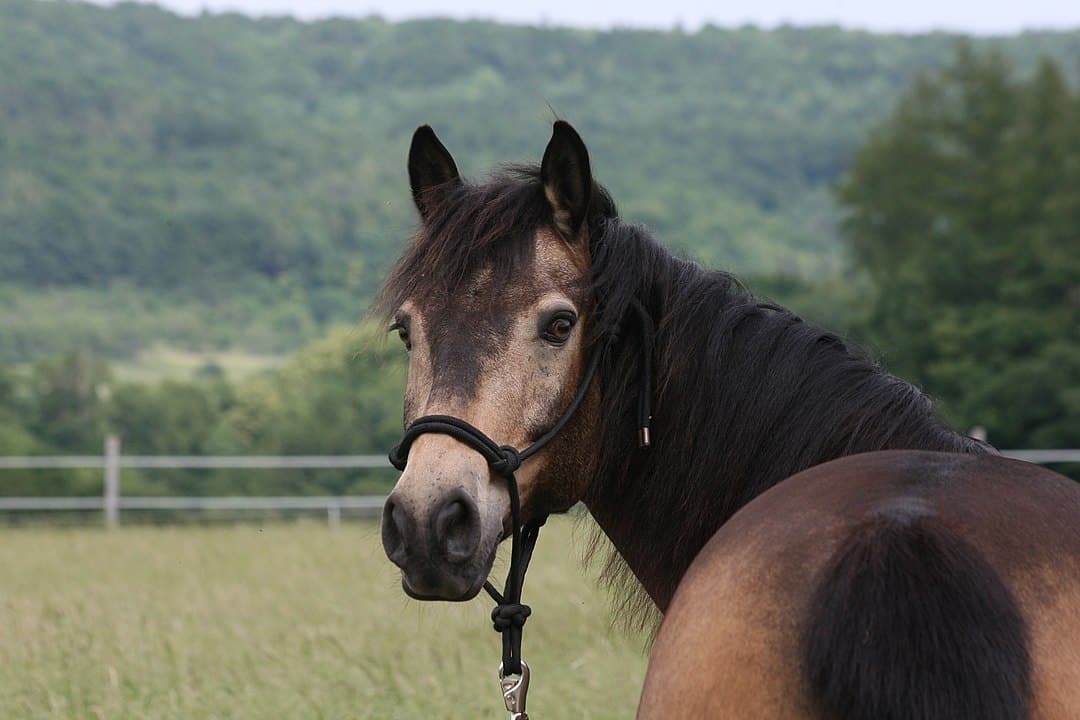 |
Breeds That Produce Buckskin

Buckskin coloration is found in many popular breeds:
- Quarter Horse: ~10% are buckskin (American Quarter Horse Association)
- Mustang: ~15% are buckskin (Bureau of Land Management)
- Paint Horse: ~8% are buckskin (American Paint Horse Association, 2025)
- Morgan: ~5% are buckskin (American Morgan Horse Association)
- Also found in Tennessee Walking Horses, Appaloosas, Standardbreds, and Warmbloods.
Registries dedicated to buckskin horses include the American Buckskin Registry Association (ABRA) and the International Buckskin Horse Association (IBHA).
Buckskin Horse Care
As a buckskin owner, I’ve seen my horse’s coat fade in summer; shade and UV spray restored its vibrancy.
Buckskin coats can bleach in strong sunlight, so to preserve the vibrant golden color:
- Regular grooming with a soft brush enhances shine (Shiny Horse Coat Guide).
- Provide shade and use UV-protectant sprays to minimize sun bleaching (Horse Coat Nutrition).
- Nighttime turnout, fly sheets with UV protection, and rinsing sweat off after exercise can help reduce fading (Chronicle of the Horse).
- Seasonal changes may cause the coat to lighten or darken; shade helps maintain a consistent color.
- Buckskin coloration is not associated with any specific health risks.
Want a handy reference to keep with you at the barn? Download our free cheat sheet and easily identify buckskin horses and distinguish them from duns and palominos!

Frequently Asked Questions about Buckskin Horses
Still have questions about buckskin horses? We’ve compiled answers to common queries and debunked a few myths below.
Is buckskin a breed?
No, buckskin refers to the coat color and not a specific breed. This color pattern can be found in various horse breeds.
Can buckskins have blue eyes?
No, only double dilutes (perlino, cremello, smoky cream) typically have blue eyes.
Can two buckskins produce a buckskin foal?
Yes, if both carry the cream gene, there is a 50% chance per foal.
Are buckskins rare?
They are common in some breeds like Quarter Horses and Mustangs, rare in others.
How to tell buckskin from dun or sooty bay?
Buckskins lack primitive markings such as dorsal stripes or leg barring and have black points.

Buckskin Horse Quiz

Delve deeper into the world of buckskin horses with this informative YouTube video by Seriously Equestrian.
Conclusion
Buckskin horses are beloved for their stunning color and versatility. Understanding the genetics behind their coat, how to differentiate them from similar colors, and proper care techniques will help owners and enthusiasts appreciate these beautiful horses even more. Do you own a buckskin horse? Share your experiences and photos in the comments!
Download the Buckskin Cheat Sheet!
Want a handy reference to identify buckskin horses on the go? I’ve drawn up a Buckskin Identification Cheat Sheet based on my years of experience. It covers genetics, color variations, care tips, and more! Download now (PDF).
Glossary
- Cream gene (Cr): A dilution gene that lightens red/yellow pigment but leaves black pigment mostly unaffected.
- Phaeomelanin: The red/yellow pigment in horse hair, diluted by the cream gene.
- Eumelanin: The black/brown pigment, mostly unaffected by the cream gene.
- Dilution Gene: Any gene that lightens a horse’s base coat color (e.g., cream, dun, champagne).
- Primitive Markings: Markings such as a dorsal stripe or leg barring, typical of dun but not buckskin.
- Double Dilute: A horse with two copies of a dilution gene, resulting in very pale color and often blue eyes.
- SLC45A2 (MATP): The gene locus affected by the cream gene, responsible for pigment transport.

References & Resources
- UC Davis Veterinary Genetics Laboratory: Cream Gene
- Animal Genetics: Cream Dilution
- Equine Coat Color Genetics – UC Davis VGL
- American Buckskin Registry Association (ABRA)
- International Buckskin Horse Association (IBHA)
- American Quarter Horse Association
- Bureau of Land Management Wild Horses
- American Morgan Horse Association
- American Paint Horse Association
- Chronicle of the Horse: Battling The Summer Sun

Connect with the Buckskin Community
Want to meet other buckskin enthusiasts or register your horse? These organizations are great places to start:
- International Buckskin Horse Association (IBHA) – Offers registration, show programs, and breed education focused on buckskin, dun, and grulla horses.
- American Buckskin Registry Association (ABRA) – Provides horse registration, competitions, youth programs, and a comprehensive rulebook for buckskin-related disciplines.
🐴 Share Your Story:
Have you owned, ridden, or competed with a buckskin horse? Whether it’s a show memory, a favorite trail companion, or something in between, your experience could help others better understand and appreciate these striking horses. Feel free to share in the comments!
🎪 Attend Events:
Consider visiting or participating in events like the Color Breed Congress or the All Breed Classic Horse Show. These gatherings highlight the beauty and versatility of buckskin horses while offering networking and learning opportunities for riders, breeders, and fans alike.
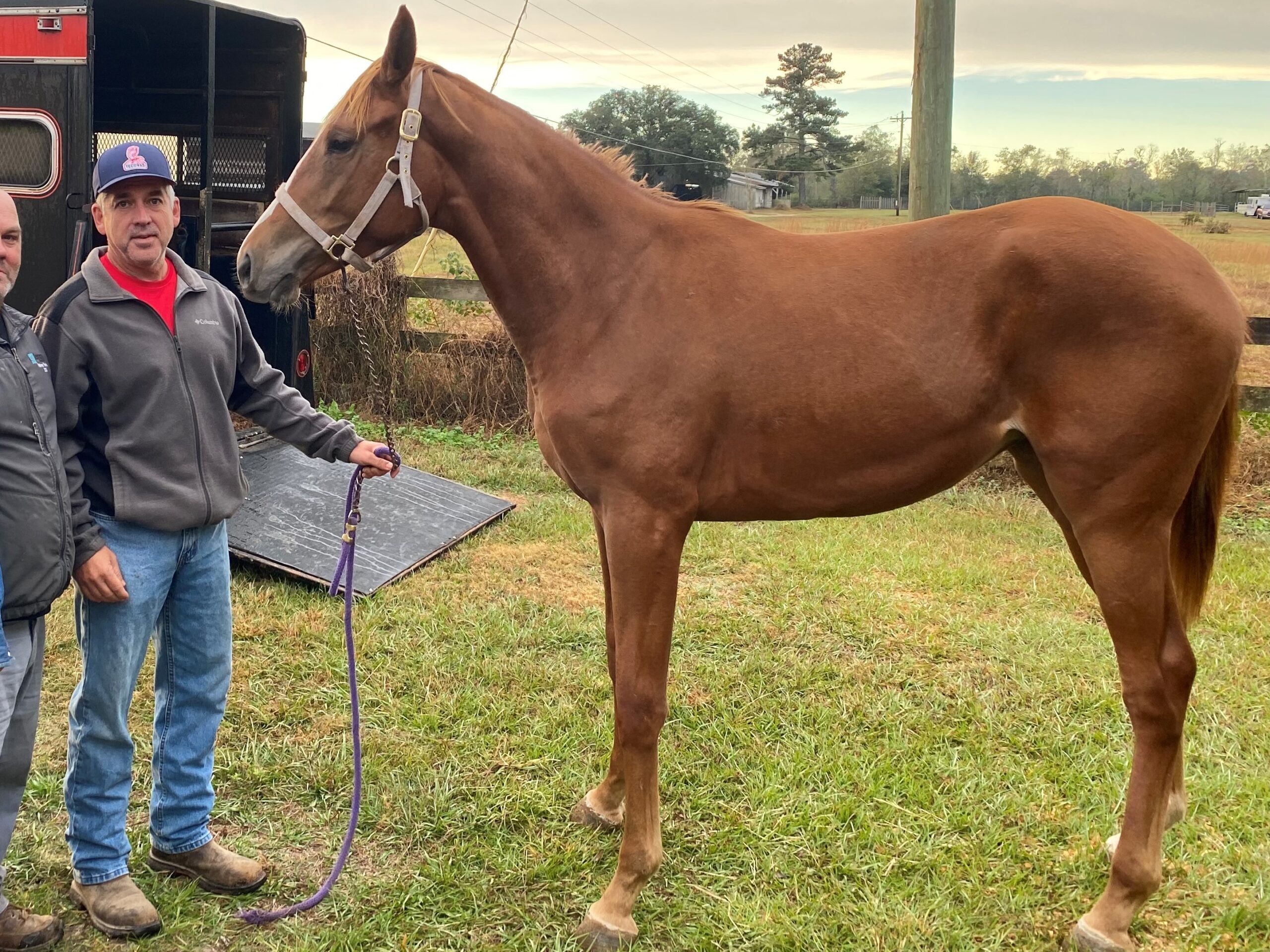
About the Author: Miles Henry
Lifelong Horseman | Racehorse Owner | Published Author
Miles Henry brings over 25 years of hands-on experience training and owning Thoroughbred racehorses. Raised with Quarter Horses and Appaloosas, he’s spent a lifetime learning from horses—on the track, in the barn, and in the field. Today, he runs a small but successful racing stable in Louisiana and shares real-world insights on HorseRacingSense.com, helping horse owners, fans, and bettors navigate the sport with confidence.
📚 Books: View Miles’s books on Amazon »
🎧 Podcast Guest: Animal Tales Ep. 32 |
YouTube Interview
📩 Newsletter: Sign up for racing tips and horse care advice »
🔗 Follow Miles:
Twitter |
Facebook |
YouTube
